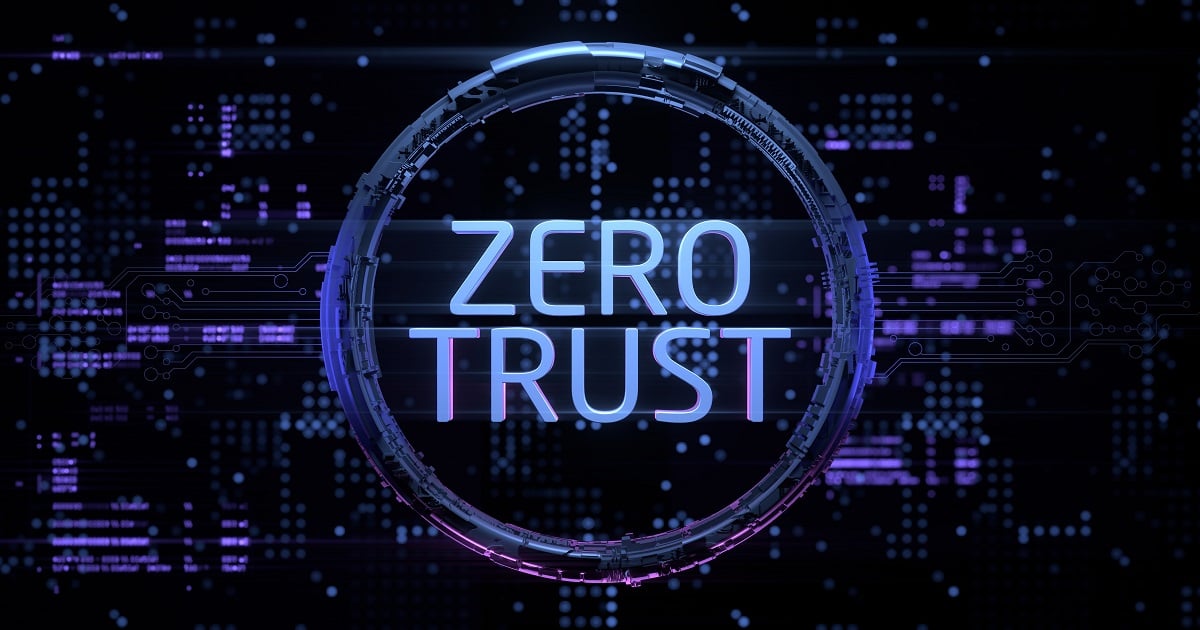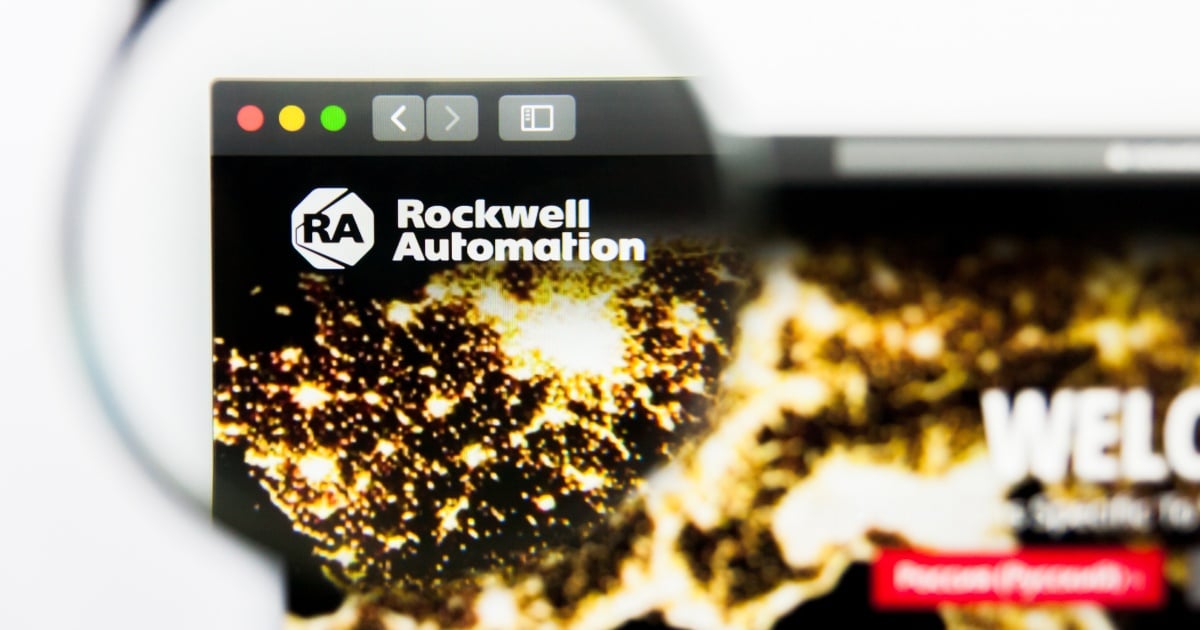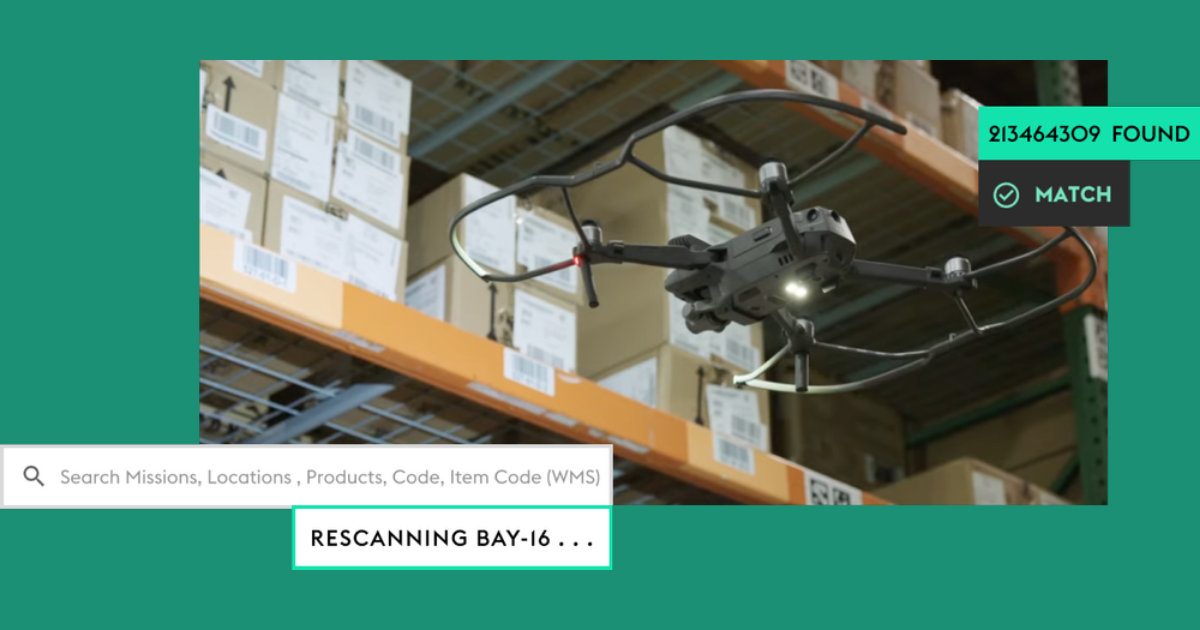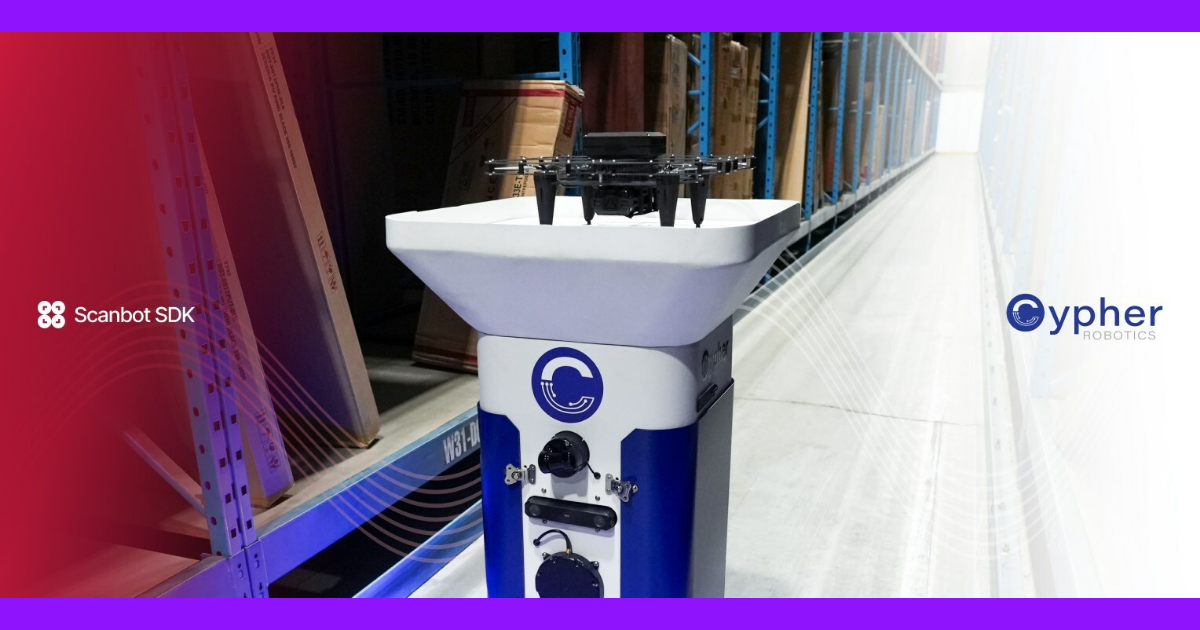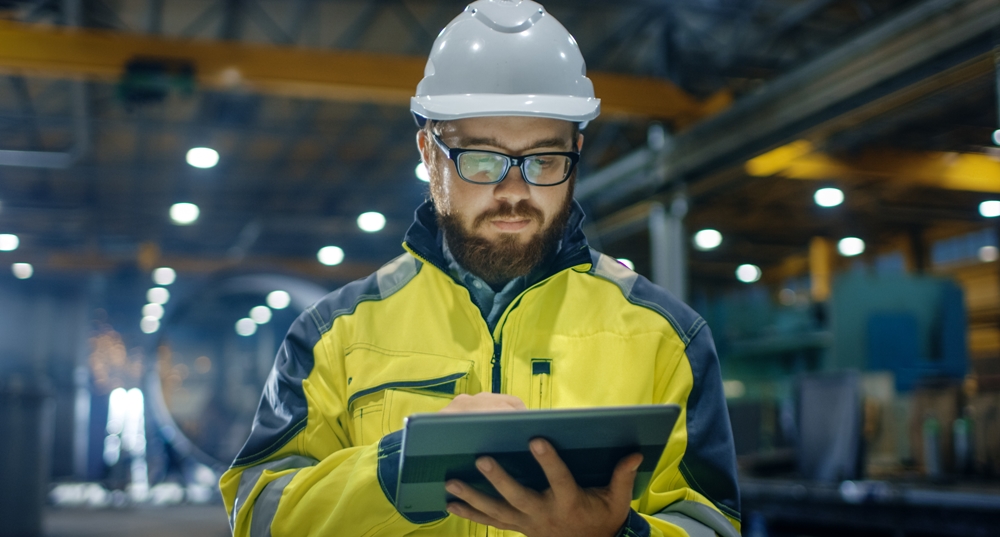
Thoughts of worker safety often turn our minds to taking the stairs instead of the elevator, should a fire erupt in our office building. However, for those who work in the manufacturing or mining industries, the consequences of falling asleep on the job are more severe than awakening to discover an imprint of your eyeglasses on your face. The risk of becoming injured or dying on the job looms large.
How can factories improve worker safety? Education offers one avenue, but it fails to take into account the reality of human error. However, relying on the Industrial Internet of Things (IIoT) may decrease workplace accidents significantly — here's how.
What Is the IIoT?
Do you wear a Fitbit or similar device? Congratulations, you're a part of the IIoT. The IIoT refers to the extension of internet connectivity to physical devices.
In industry, plant managers can use such technology to keep tabs on worker productivity — Amazon is a classic example of a company which engages in such practices. However, while such devices can track productivity issues originating down the line, such as a piece of machinery jamming which holds up the workflow for everyone, using it to push workers to constantly perform faster than healthy may hinder their safety, not improve it.
Rather, such technology should be employed as a tool to improve safety. Some devices can monitor safety and advise employees when they need to take a break, for example, and others can stand in for human operators when tasks prove too daunting.
How Industry Can Harness Technology to Improve Safety
Industry can use IIoT to help protect the 5,000 plus individuals who perish from on-the-job accidents each year in the U.S by monitoring their health on the job. For example, in many industries, exposure to high temperatures can lead to overheating. By using a wearable device alerting them they need to cool down, workers would experience fewer incidents of heat exhaustion or stroke.
Another way IIoT can help prevent injury occurs by helping workers avoid repetitive motions. Fully two-thirds of all occupational injuries stem from repeated trauma or movements, mainly in the upper body, wrists and back. By reminding workers to take regular breaks and stretch these often injured areas, factories can avoid permanent disability among staff.
IIoT also can stand in for workers when certain processes are too hazardous when left in human hands. Heat exposure is big concern in industrial environments. Having robotics take over a task while employees take a break to cool off will keep your workers safe while keeping operations running. Factory owners would need to make a substantial upfront investment, in the long run, they will save money through higher staff retention. Considering the costs of training an employee, retaining staff makes solid fiscal sense.
One of the problems with implementing IIoT in the workplace has to do with the nature of the most dangerous professions. Fishermen, for example, top the list of dangerous professions, but many in the industry do so from individually-owned boats and may lack investment funds for devices. Unsurprisingly, the next stops on the list are occupied by construction professionals with the notable exception of airline pilots. Factory workers, public safety officers and athletes round out the list, with slip and falls, and exposure to equipment as the leading causes of injury.
Workplace injuries cost the economy $250 billion annually. The price of workplace injury includes both direct and indirect costs. Direct costs include keeping up with workman's compensation requirements and paying for safety improvements. Indirect costs include lost productivity and impaired customer relationships. An accident down the assembly line, for example, can result in workers further up being unable to complete their tasks and leaves impatient buyers waiting for the products they ordered.
Privacy Concerns Do Exist
Implementing IIoT in the workplace doesn't come without concerns. The primary concern noted by critics is the loss of privacy enjoyed by individual wearers. For example, IIoT technology which monitors how many boxes a staff member packs in a specified period of time also can monitor how often they use the restroom and for how long.
However, when it comes to protecting safety and health, such concerns supersede individual concerns about their coffee break time. Companies can institute policies allowing workers to take off monitoring devices when not working on certain equipment or in specified locations, for example. And items an individual can remove prove more appealing than implanted chips which potentially could monitor employees even when they're off the clock. Businesses could institute a "check your watch at the door," policy to assuage privacy concerns.
Protecting Workers on the Clock
When technology exists to improve workplace safety, industry leaders do themselves a disservice by failing to implement such measures. A company is only as good as the staff running it, and protecting employee safety should make up an integral part of any sound business plan.
Edited by
Ken Briodagh


